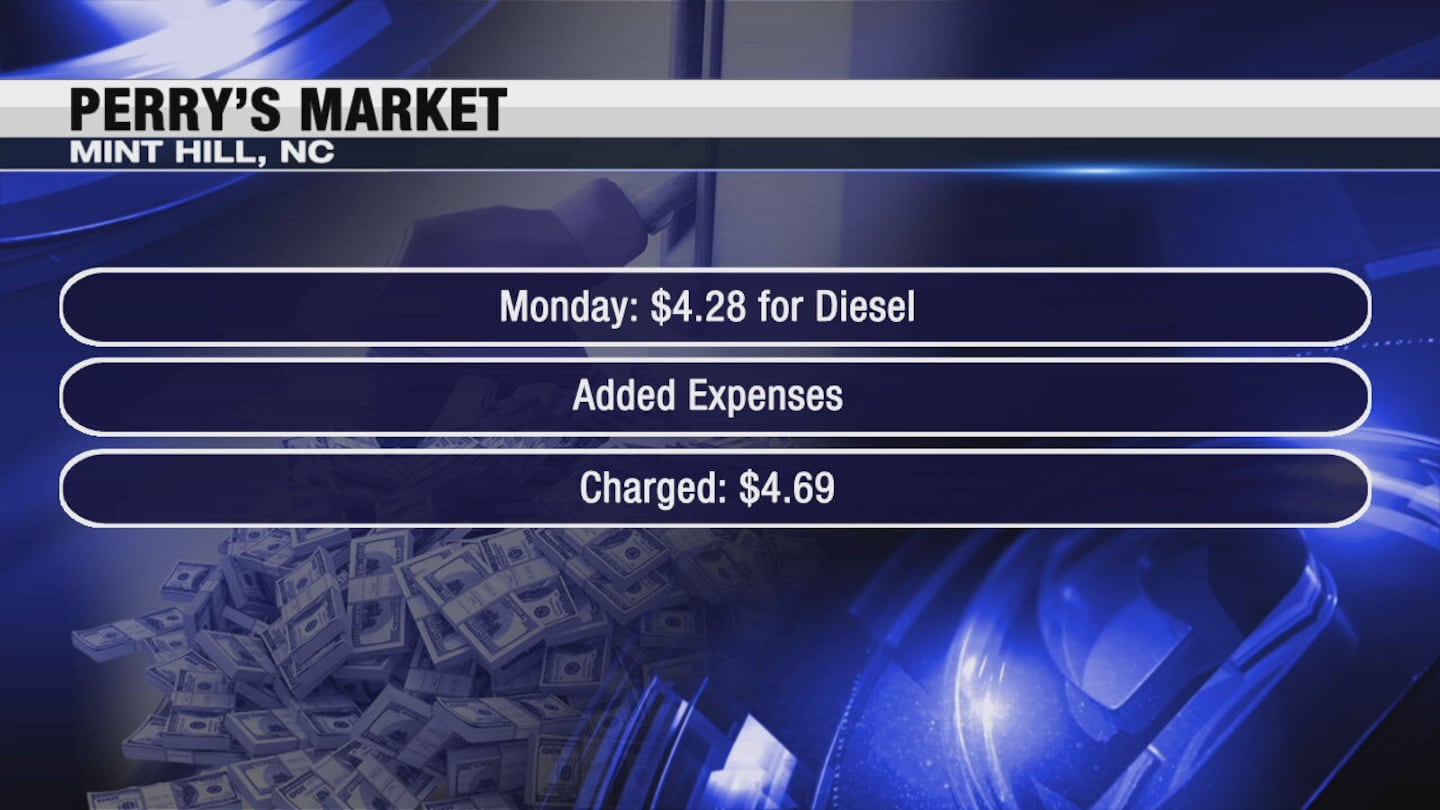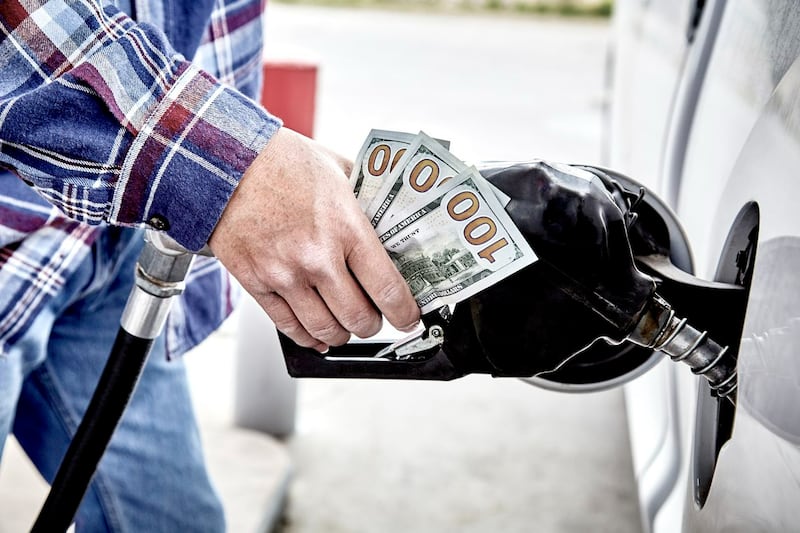You may be wondering how the system works -- how gas stations decide what to charge and when.
So Action 9′s Jason Stoogenke went to Perry’s Market in Mint Hill. Melanie Perry has owned it for 43 years so she knows the business and was willing to walk Stoogenke through what goes on behind the scenes.
Pricing:
She says that every night at 6 p.m., she goes online and checks how much her fuel supplier is charging. Then she figures out what to charge the next day.
Perry adds 3% to cover what credit card companies charge her for each transaction. She also factors in rent, payroll, utilities, and gas pump maintenance.
To stay competitive, she also checks the GasBuddy app, to see what nearby stations are charging. But she says that doesn’t leave much room for profit.
“I’ll be dancing in the streets if I’m making three or four cents a gallon,” she told Stoogenke.
Timing:
That’s the pricing part. Now, there’s the timing part. You have to remember -- there’s a lag time. In other words, what she pays today, drivers will feel at the pump three to four days from now.
For example, on Monday this week, Perry paid $4.28 for diesel. She added in her expenses and ended up charging $4.69.
Normally, drivers wouldn’t have seen that price until Thursday or Friday, but she says there was a run on diesel so drivers ended up paying the higher price the next day.
All of this varies from station to station. But at least this gives you a sense of how it all works.
Other factors:
Other factors impact lag times too. The bigger the tanks, the more fuel there is. The longer it lasts, the longer the lag time.
The more customers there are, the faster people use up the gas, and the shorter the lag time.
(WATCH BELOW: North Carolinians traveling to South Carolina for cheaper gas prices)
©2022 Cox Media Group











